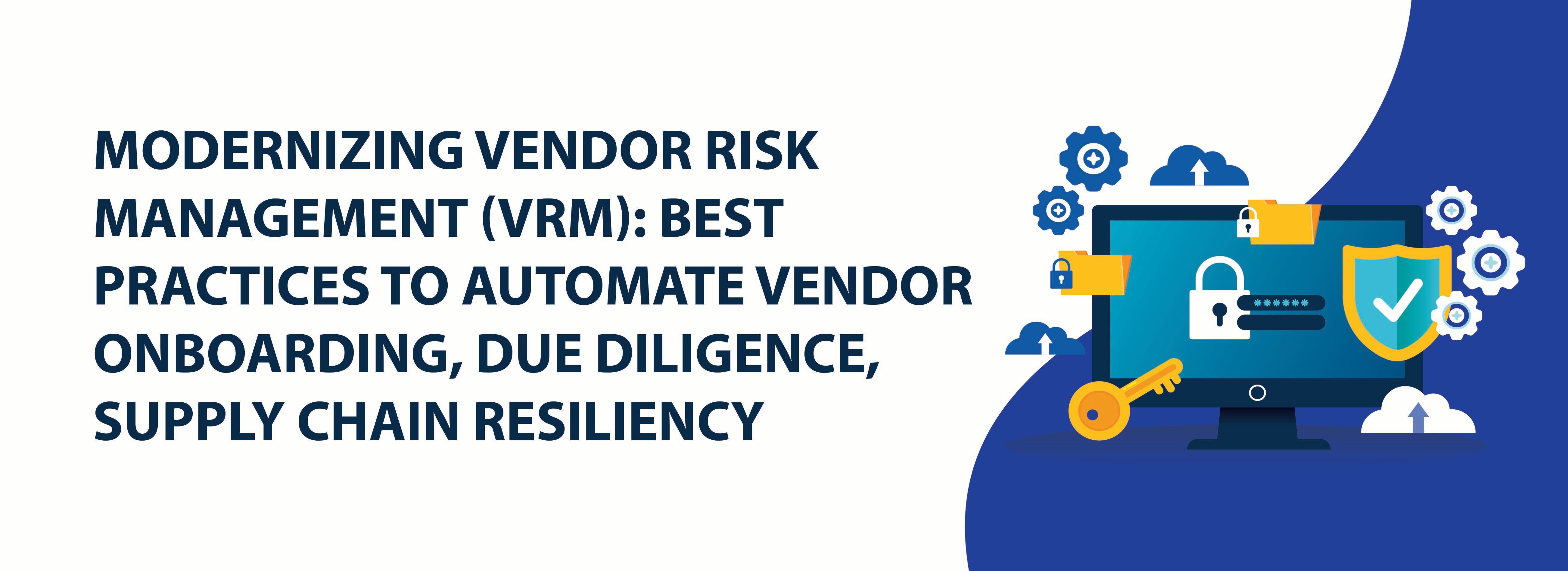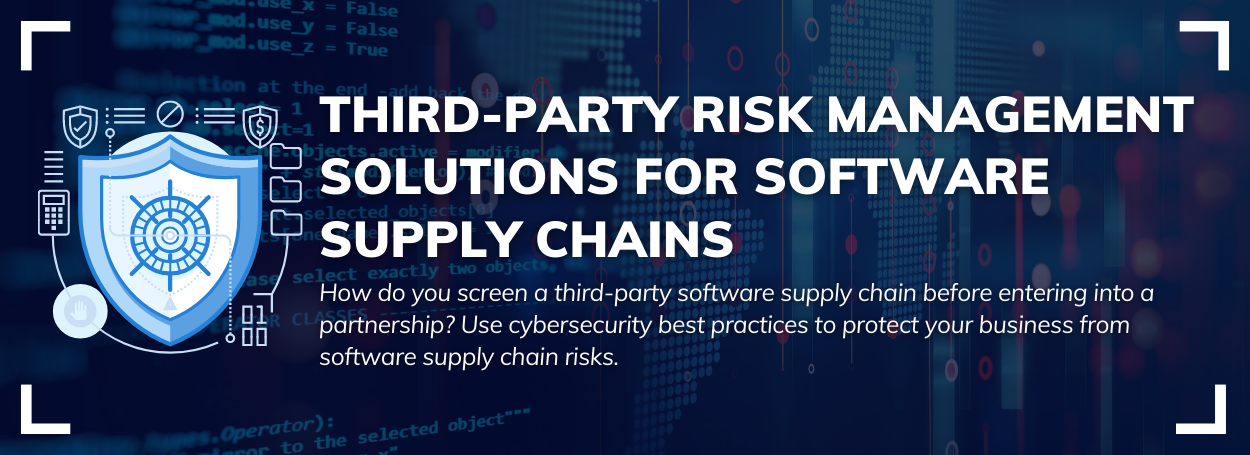How to Incorporate Modern Slavery Act Requirements into Your Compliance Program

There is universal agreement that modern slavery is a scourge that must be eradicated. To this end, many countries have implemented Modern Slavery Acts (MSA) to arrest the problem.
Businesses in these countries must incorporate these laws into their compliance programs. They must also report on how they verify the integrity of their supply chains and address slavery in their operations.
Organizations recognize that these laws can inform their ethical behaviors. And complying with them can help them avoid the financial risks of non-compliance and protect their reputations. However, compliance is easier said than done. This article will show how you can set up your anti-slavery compliance program and show your commitment to eradicating modern slavery from your supply chain and operations.
Significant Modern Slavery Laws Around the World
Many countries have adopted laws that pressure organizations to eradicate modern slavery from their supply chains. The most well-known Modern Slavery Acts (MSAs) are:
#1: The Modern Slavery Act 2015
Country: United Kingdom
The UK Modern Slavery Act applies to companies with a turnover of at least £36 million that exist in the UK or transacts business with the UK. To comply with the Act, these companies must publish an annual slavery statement and disclose how modern slavery and human trafficking might affect their supply chain. They must also clarify their measures to identify and eliminate such incidences.
#2: Australia Modern Slavery Act
Country: Australia
Any business working in Australia with an annual turnover of over AU$100 million must comply with the Australian MSA. Like the UK MSA, this law also requires companies to publish annual modern slavery statements describing their efforts to address the problem in their supply chains.
They must also describe the risks of modern slavery to their business operations, their due diligence efforts to determine the risks from suppliers, and how they assess the effectiveness of these anti-slavery actions.
#3: California Transparency in Supply Chains Act
Country: USA (California only)
This Act applies to all retailers and manufacturers doing business in California and earning an annual revenue above $100 million. These companies must disclose annually how they are trying to eradicate modern slavery and human rights abuses from their global supply chains. They must also disclose how they assess slavery risks and verify suppliers’ compliance with company standards for trafficking and slavery.
How to Update Your Compliance Program with MSA Requirements
Let’s explore a process that will help your company incorporate MSA requirements into your compliance program. By following this approach, you can achieve your compliance goals, reduce modern slavery risks, and join the global fight to eradicate modern slavery.
Step 1: Understand the MSA rules that apply to you
Which MSA applies to your organization will depend largely on your industry and country of operation and determine which rules and disclosure requirements you must comply with. If more than one law applies, understand the rules and compliance requirements of each.
Step 2: Conduct a risk assessment
To address modern slavery risks, you need data. Data will help you make informed decisions about where to operate your business and remain compliant with relevant modern slavery regulations.
Conduct a risk assessment to understand the modern slavery risks in your company and supplier network, especially if you or your suppliers operate in a high-risk industry or jurisdiction.
Step 3: Understand your supplier network and conduct due diligence
To achieve modern slavery compliance, you must govern your supply chain with third-party due diligence processes. Create a list of all existing and new suppliers, draft supplier questionnaires, and assign a risk score to determine their risk levels.
Also, audit and track each supplier to ensure that you don’t have business relationships with sanctioned entities or are inadvertently participating in corrupt business practices, money laundering, or human slavery. This way, you can protect your business from potential penalties and negative presses.
Step 4: Set your tangible and measurable objectives
Next, set tangible and measurable objectives to improve. And, correlate each goal with timelines and tangible success thresholds. For example, one metric could be “train X number of procurement team members about modern slavery procedures.” Another could be to “implement a transparency policy by Y date to get suppliers to disclose their staffing methods.”
These concrete objectives and performance indicators will reveal where you have made improvements and highlight areas where more effort is required.
Legislation like Australia’s MSA requires companies to show year-over-year improvements, so this is an important step both to comply as well as because it’s the right thing to do.
Step 5: Choose a framework to assess progress
One good way to assess the progress of your efforts is to adopt a framework of anti-slavery standards.
Multiple frameworks are available:
- The OECD Due Diligence Guidance for Responsible Business Conduct
- The Global Reporting Initiative
- The Corporate Human Rights Benchmark
- The United Nations Framework to Implement Trafficking in Persons Protocol
Choose the framework that best addresses the modern slavery risks relevant to your organization and is most likely to help you with your compliance program.
Use this framework for auditing your supply chain and modern slavery policies. Regularly assess supplier risks and update policies whenever required. Maintain compliance by automating the ongoing annual assessment cycle with CENTRL.
Step 6: Facilitate the process and reduce modern slavery risks with automation
An automated and streamlined workflow solution like CENTRL’s Vendor360 can help you mitigate and monitor modern slavery risks in your organization. These tools can automate your supplier screening and due diligence processes with pre-built assessment templates, grading scales, and a supplier portal.
You can configure the platform for your unique risk profile and complete risk assessments quickly to save time and money. The tool will also enable you to understand the appropriate next steps and mitigating actions required for each supplier to lower modern slavery risks from third parties.
This cost-effective tool will provide a comprehensive view of all supplier interactions and real-time insights into global operations. It will eliminate costly on-site audits and automate audit tasks for greater efficiency. You can even automate risk scoring to increase transparency and improve communication with regulators.
CENTRL’s Vendor360 and dedicated Modern Slavery Act solution MSA360 also provide advantages like:
- Escalation paths for additional layers of review to quickly address potential issues
- Questionnaires that can be tailored to your specific industry and modern slavery reporting requirements
- Best practice guidance to set up automated risk scoring
- Seamlessly executed questionnaires to help you meet your modern slavery reporting obligations
- Pinpoint where to assign resources to improve reporting and minimize modern slavery risks
Step 7: Create or update modern slavery policies, statements and training programs
Once you understand the applicable modern slavery laws and implement due diligence processes, develop policies to guide day-to-day action and decision-making concerning modern slavery.
Update existing policies and create new policies that reflect the greatest risk areas and specify the behavioral expectations for employees and third parties. Consult with internal and external stakeholders and get sign-off at the highest level (e.g., the board of directors). Communicate these policies to all employees, senior management, vendors, and subcontractors.
Examine internal procedures to ensure the business maintains safe working conditions and overall workplace compliance. Also, check that you are not making demands of third parties that might lead them to engage in modern slavery and thus increase your modern slavery risk.
It’s also vital to educate the workforce on how to identify modern slavery risks. Employees, vendors, and subsidiaries should be able to identify and report modern slavery practices and know how to prevent modern slavery in their processes. If possible, set up a whistleblowing hotline to make reporting easier.
Finally, don’t forget to report on same in accordance with the applicable MSA legislation which applies to you, such as Australia’s MSA which requires submission of same on their public registrar maintained here: https://modernslaveryregister.gov.au/
Conclusion
As you incorporate modern slavery rules into your compliance program, you may face a number of obstacles. It’s not easy to stay on top of multiple laws and ensure that processes align with these requirements. Further, you must confirm that your suppliers are as serious about anti-slavery as you are, which requires robust vendor assessments, due diligence processes, and reliable risk scoring mechanisms.
This can be overwhelming, especially if you are unfamiliar with modern slavery laws and legislation and how they apply to your business. That’s where CENTRL comes in. Our all-in-one platform will help you automate risk assessments and vendor due diligence, streamline risk management, and build your compliance program quickly.
To learn more, schedule a demo.


